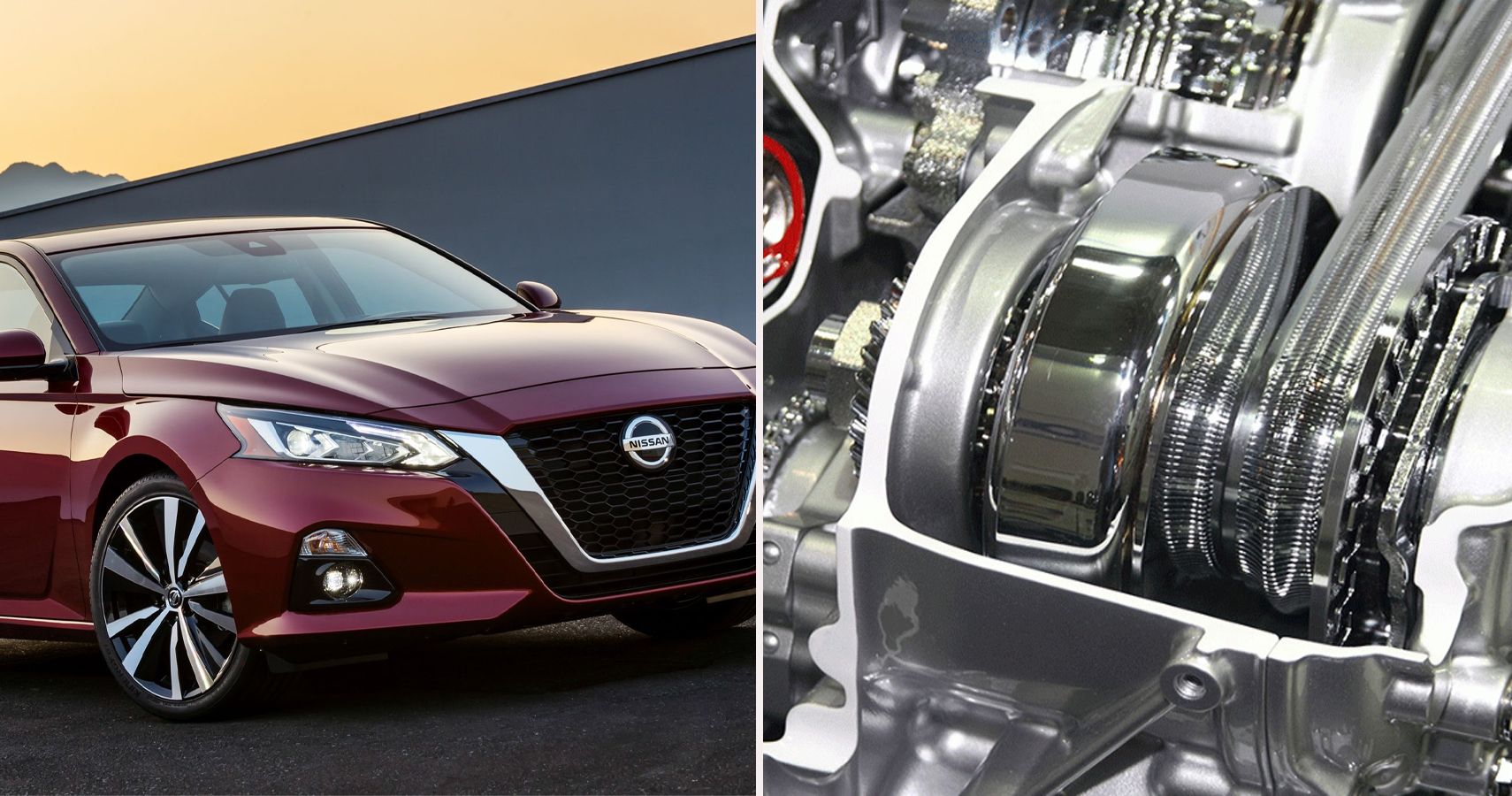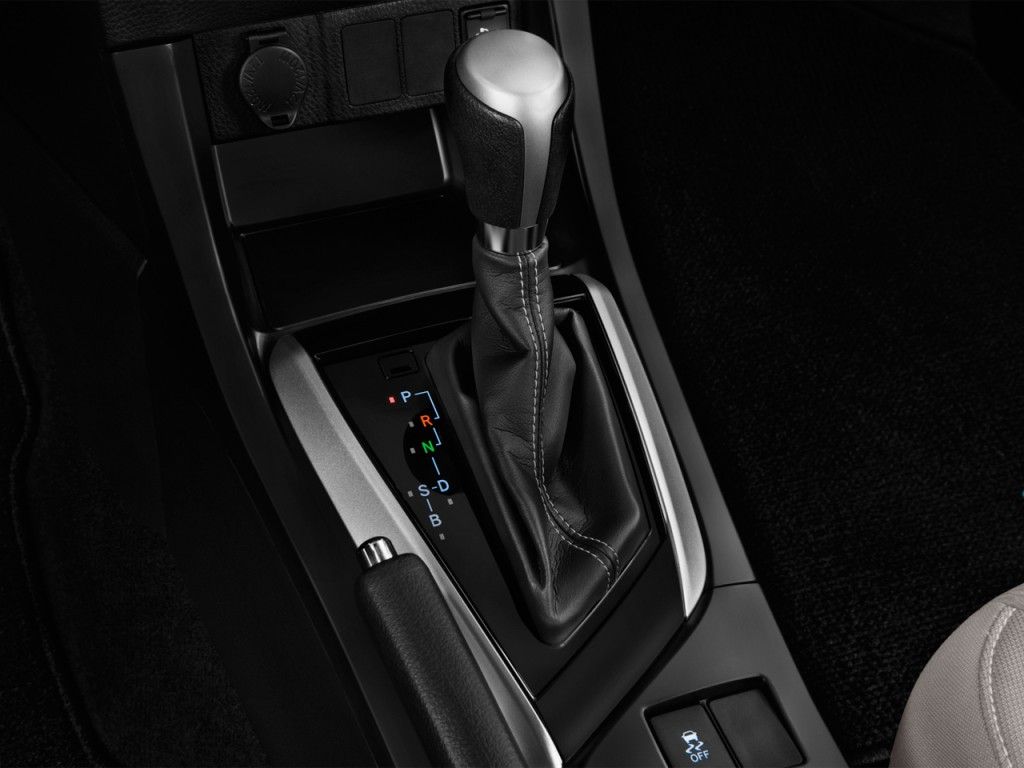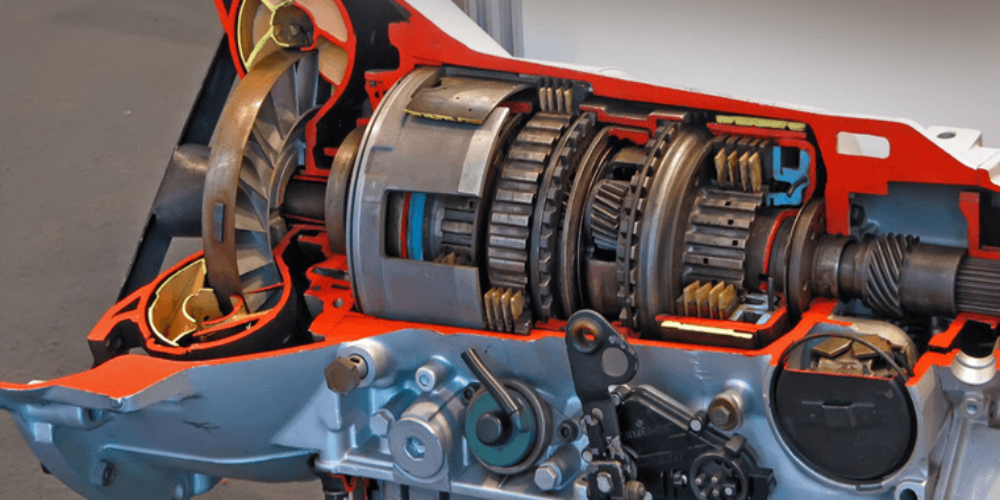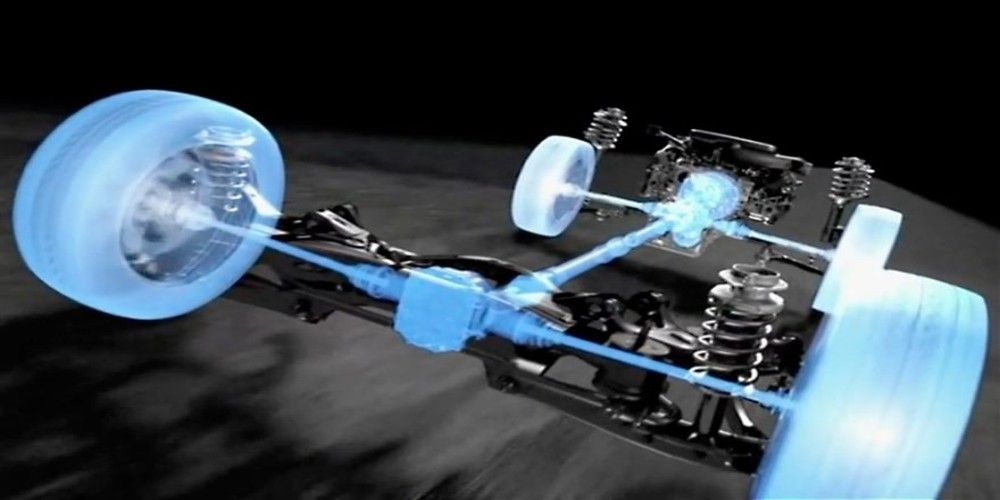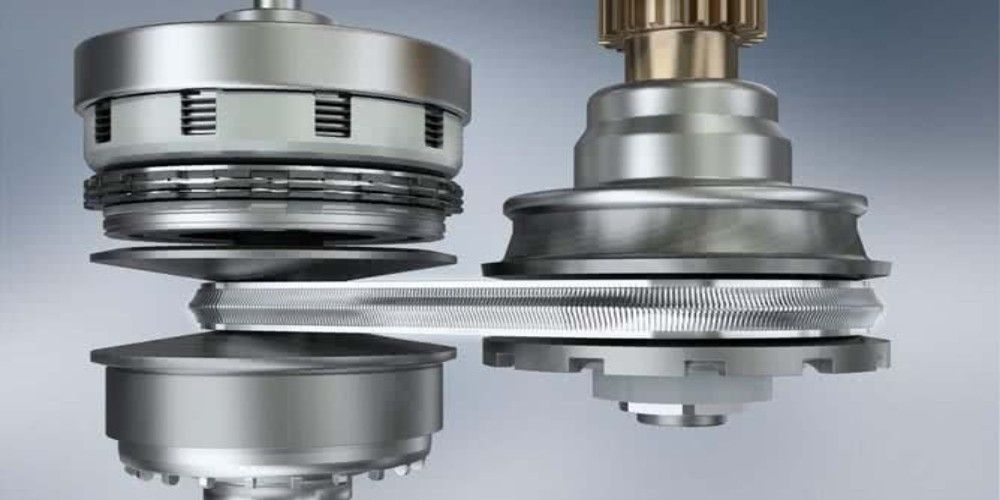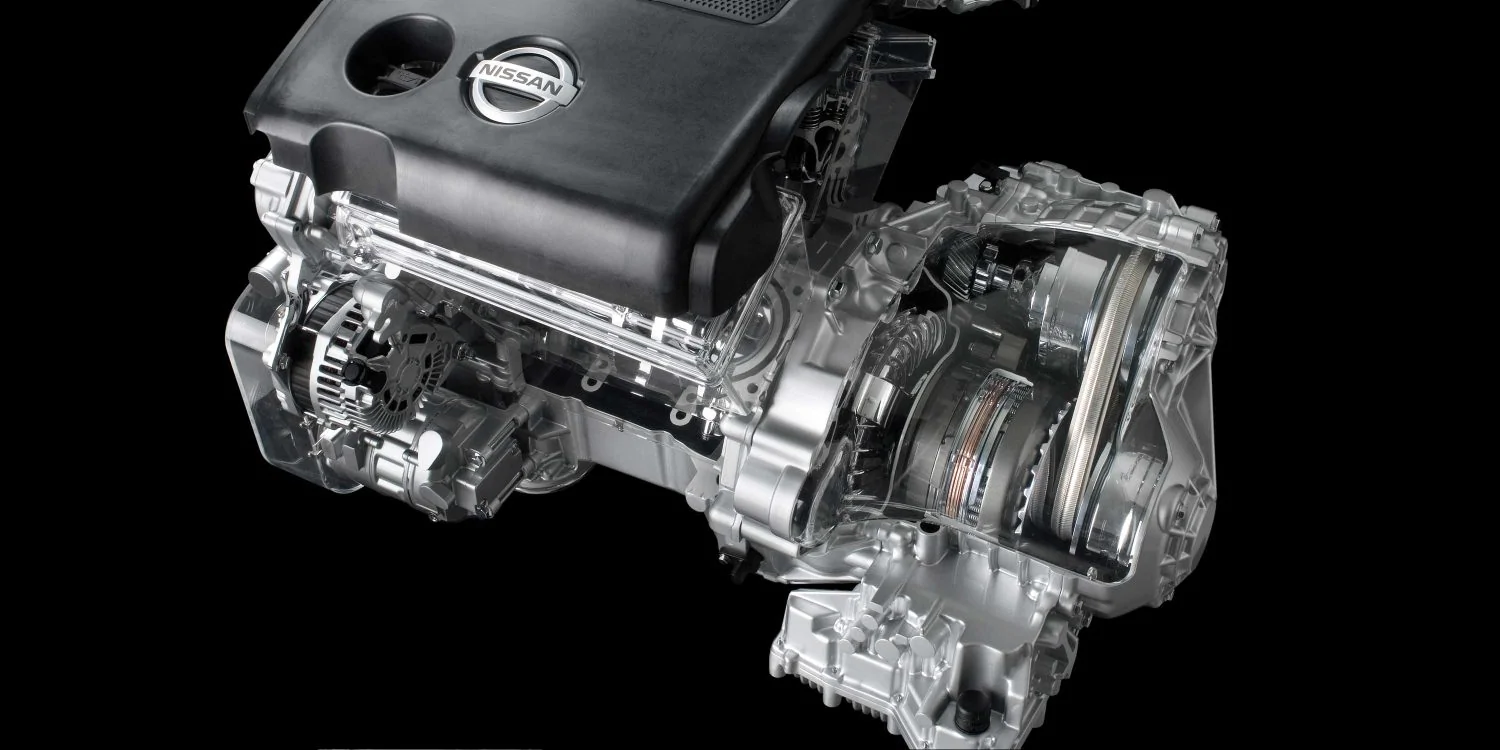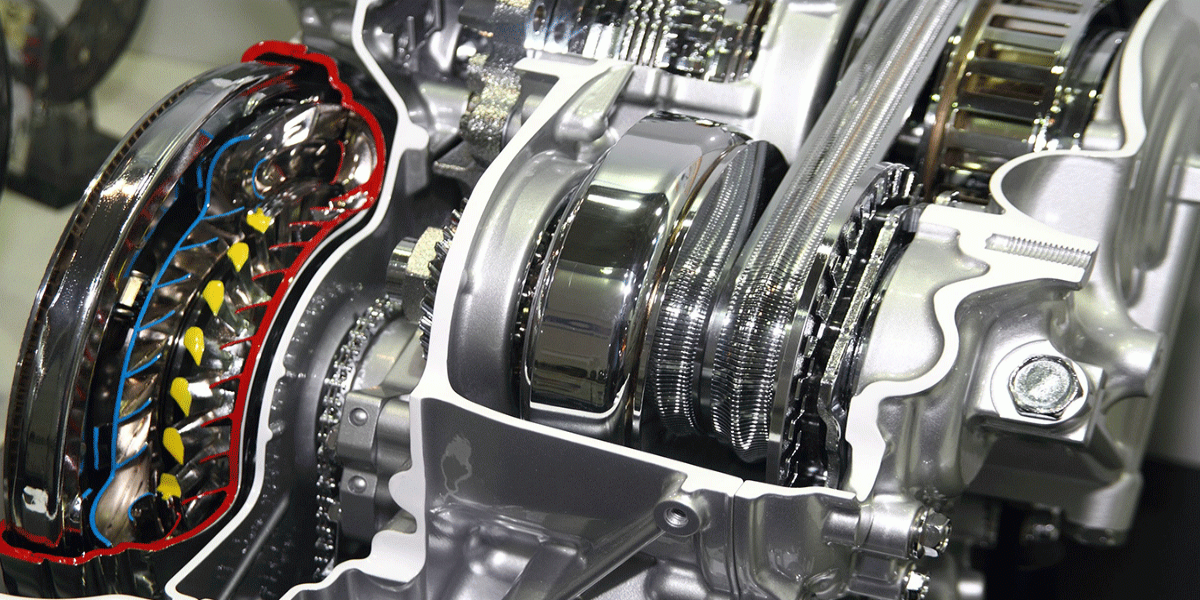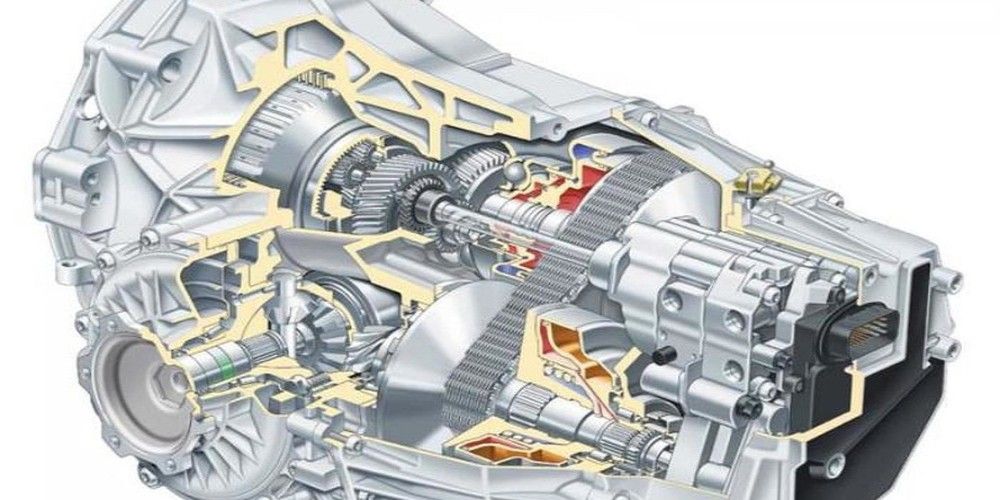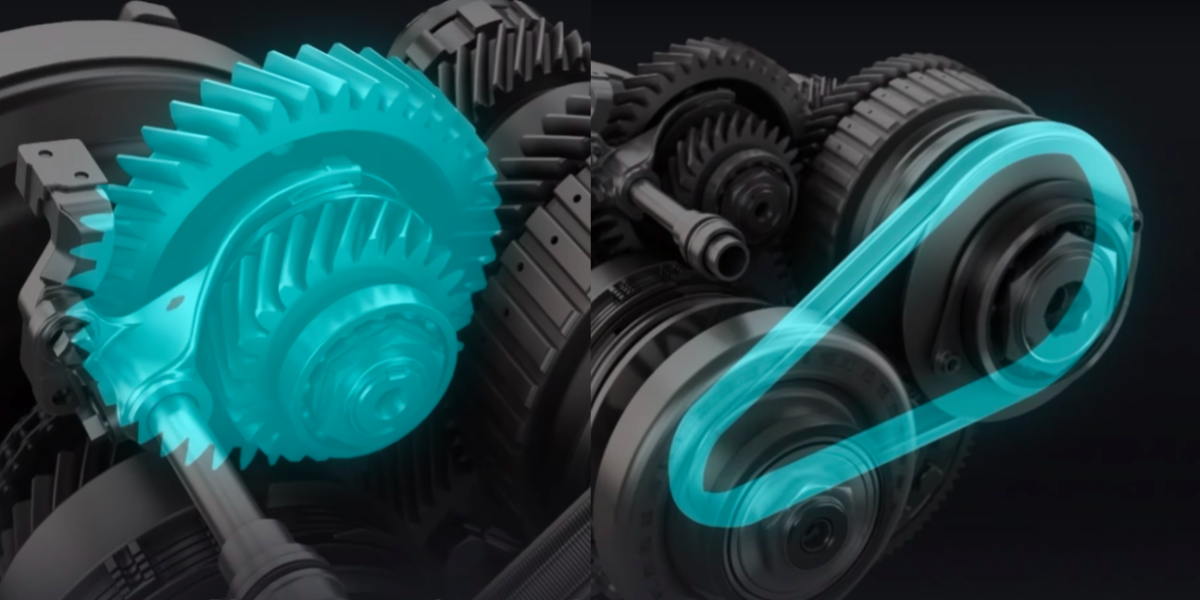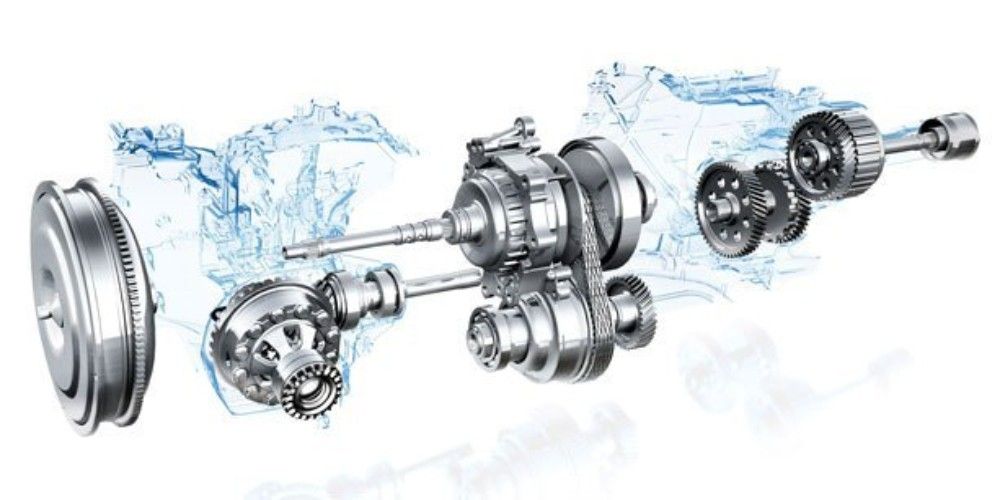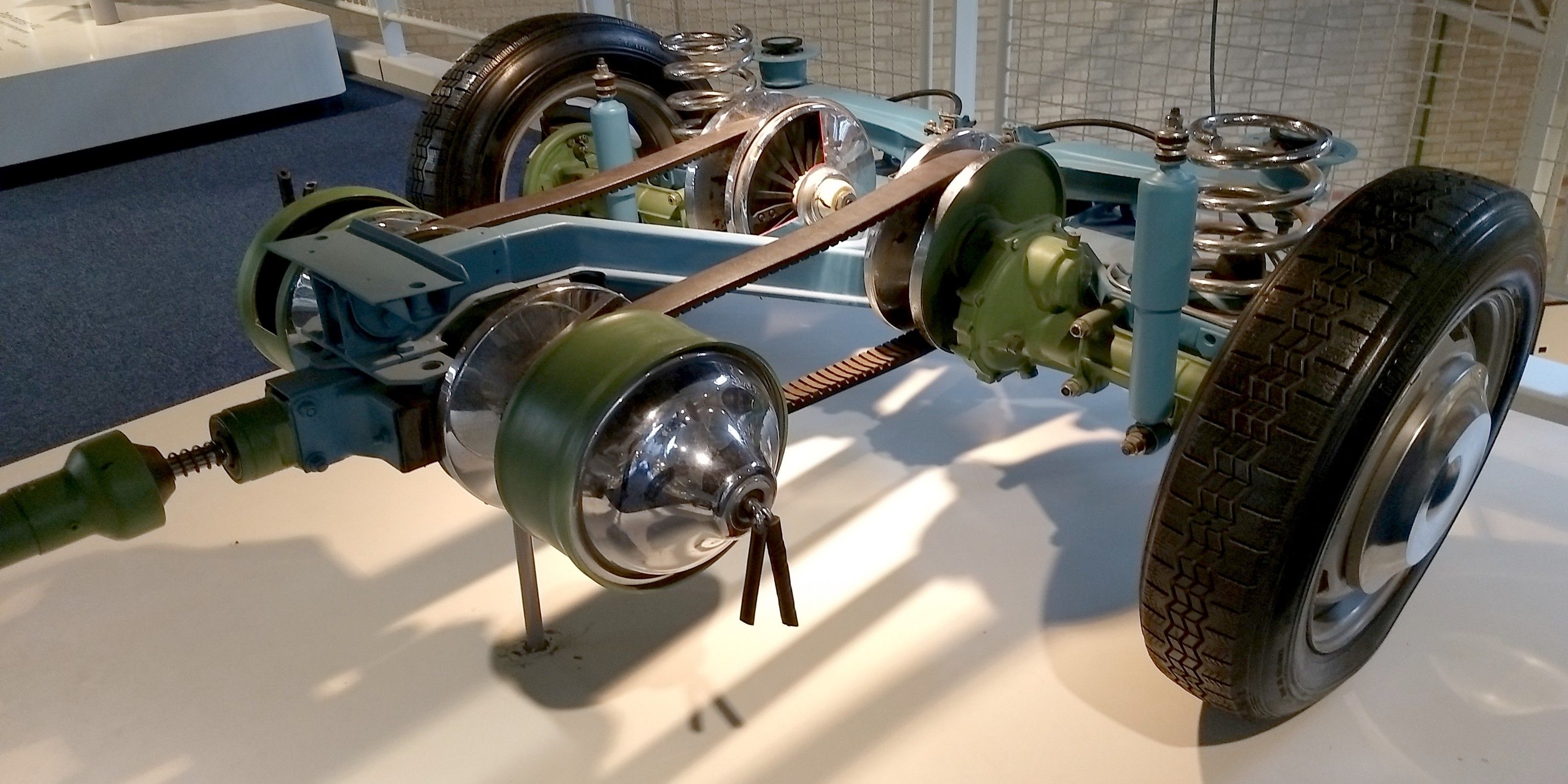Continuously variable transmissions differ greatly from the traditional standard automatic model. They have been rustling feathers and creating controversy since they were first introduced. Leonardo Da Vinci sketched a mechanism very much like the CVT and is credited with discovering the principles behind its design.
Its ability to seamlessly shift combined with its unique origin story make it an interesting piece of engineering. As fascinating as it is to watch, it still has a lot of kinks that need to be ironed out. CVTs have some serious limitations and even some flaws. Think carefully before deciding if this is the right transmission for you.
10 Pro: Smooth Climb
When the CVT first appeared on the scene it wasn't very well-received. It did introduce new technology and function that hadn't been seen before. The biggest difference between the CTV and a traditional automatic transmission is that the CVT doesn't shift. This was such a massive departure from traditional transmissions that many consumers were put off when they never heard their vehicle change gears. This prompted many manufacturers to program a "fake shift" into their vehicles.
9 Con: Kinda Lazy
If you're only going to use your vehicle for simple errands and commuting, a CVT will serve you just fine, to a point. You'll run into trouble if you want to tow any kind of load or hit higher speeds. Because of the feats of engineering that make this transmission function, it gives up a ton of torque capability. The typical automatic transmission uses pressure and valves to control shifts. Clutch bands grab and create torque. CVTs use belts, cones, and some even use magnets. The technology is new and still evolving. The CVT has a tendency to slip at high torque demands making them kind of lazy when it comes to towing or higher speeds.
8 Pro: Smart Gear
The CVT stands out with the way it can find the perfect gear ratio for any scenario. This smart gear technology means you can climb steep inclines without any overrev or fuel waste. Some drivers choose a vehicle for maximum efficiency. A Continuously variable transmission is an excellent option for those who's only concern is zero waste of fuel or energy. If you enjoy the sound and feel of shifting you'll be left wanting.
7 Con: When Not If
Every machine will eventually break down. It's the nature of the beast. Automatic and manual transmissions wear down but at a slower rate than the CVT. It puts a lot of wear and tear on its parts to deliver that seamless performance. A manual transmission and often and automatic can be repaired and parts can be replaced. Parts for the CVT are expensive and can be hard to find. Many times repairing the transmission is extremely expensive. More often than not CVT will need to be replaced outright. Owners used to an automatic or manual transmission may b surprised then their CVT fails before 100,000 miles.
6 Pro: Fuel Economy
Perhaps the biggest perk of the CVT is its incredible fuel economy. It has the ability to find the ideal gear ratio for any speed or terrain which means you're not wasting a drop of fuel.
This transmission is also much lighter than its counterpart. A lighter load means less force is needed to get you up to speed. Many hybrids come equipped with a continuously variable transmission
5 Con: Transmission Noise
Accelerating through each gear to your desired speed with an automatic has a satisfactory sound and feel. Even more so with a manual. The CVT gets to speed and emits a whine that never really ends. They also rev higher in any cases lending these vehicles a different sound. If you love the sound of shifting gears you won't find the same satisfaction driving a CVT equipped vehicle.
4 Pro: Cutting Edge Technology
There is one argument in favor of the CVT that can't be refuted. It's the newest frontier in automotive technology. You could argue that many of its flaws are simply bugs that all new tech has to work out. It's not that it's poorly designed, it simply hasn't ironed out all of the kinks. For lovers of budding technology, elegant design or ancient inventions, the draw may prove irresistible. There's no wrong reason to like the cars and parts you like. The CVT has its limitations but it also has its die-hard fans.
3 Con: No Easy Fix
The CVT is based on ancient technology but its band new to application in modern cars. Because it's brand new you won't find many mechanics at your local shop who can repair it the way an automatic or manual transmission could.
Once you find a shop that can do the work the parts will be hard to find and will take a while to order. With any other transmission you can get back on the road in no time A CVT requires weeks of downtime to get running again. If you can't be without your car while you wait for these details to be worked out, stick to a more familiar transmission.
2 Pro: Light Weight
The continuously variable transmission weighs considerably less than its counterparts. This is a huge factor that contributes to the added fuel economy that the CVT has to offer. A lighter weight vehicle puts less wear on its suspension. It's also easier to maneuver on softer terrain. Anyone looking for a daily driver that they can easily tow from location to location might also consider a lighter weight as a plus.
1 Con: Lower Horse Power
If you're a lover of raw power, the CVT will leave you wanting. It simply can't handle the demands of higher horsepower vehicles. Subaru recently released a 250hp WRX with a CVT which left many wondering if the vehicle was destined for costly repairs at low mileage. The technology simply hasn't been around long enough to maximize its efficiency and tweak it to tolerate more power. That day is on the horizon but it isn't here yet. You won't be towing much with a continuously variable transmission for quite a while.

